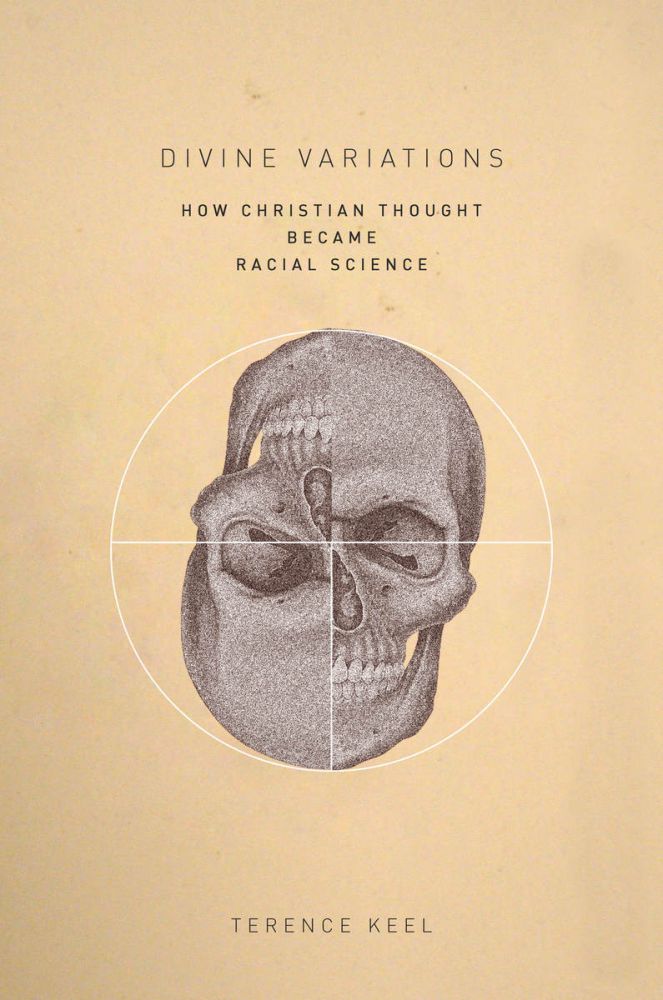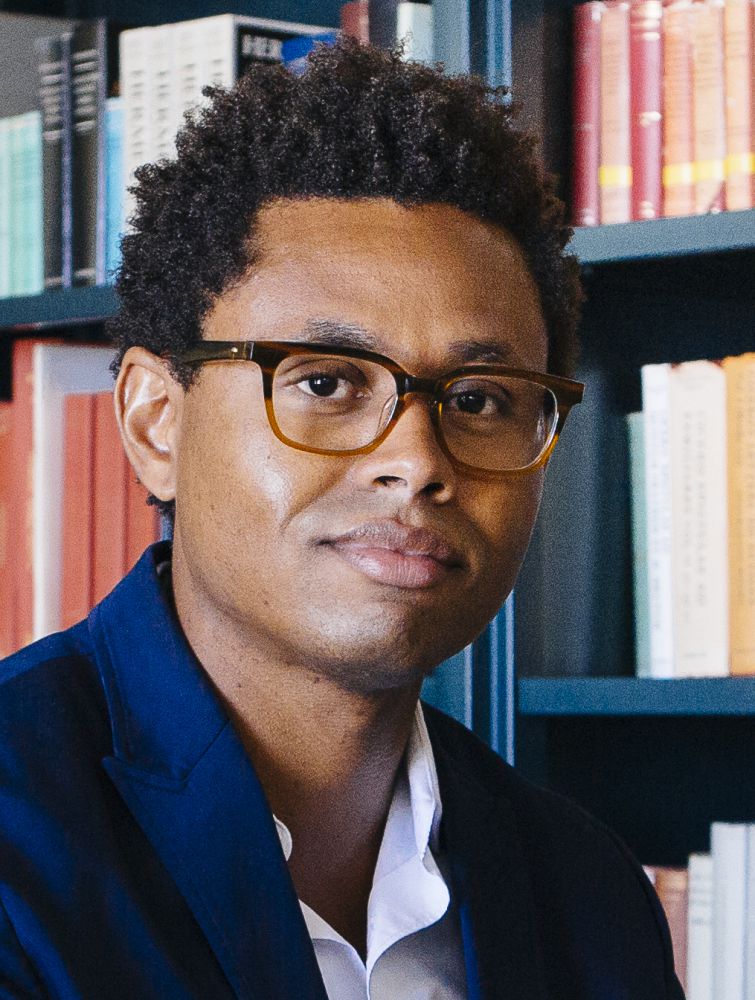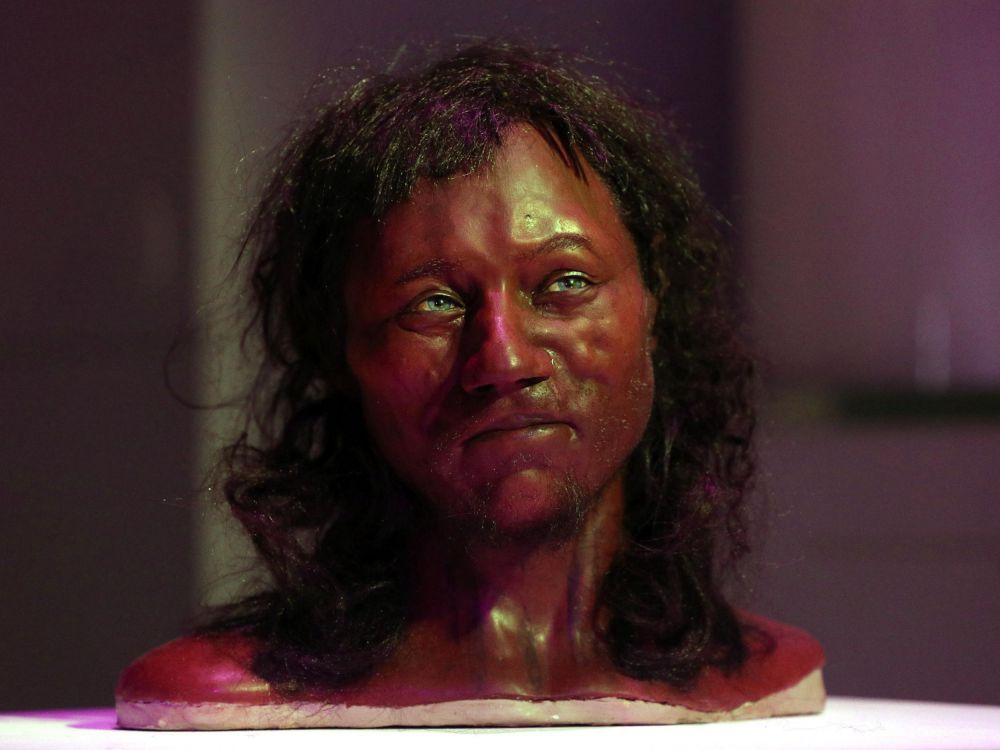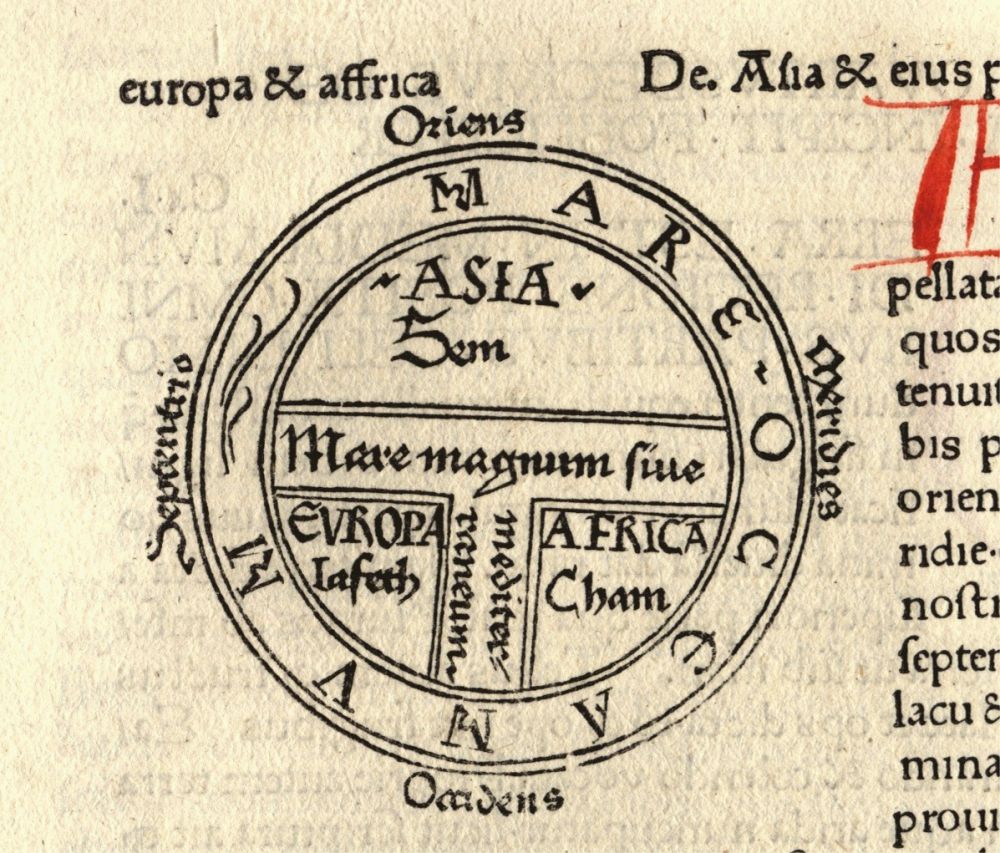Faith in Science


When it was revealed that Cheddar Man, the 10,000-year-old fossilized remains of one of the first modern Britons, had “dark to black” skin, paleoanthropologists and geneticists hailed it as further evidence of humanity’s shared roots in Africa.
This did not surprise Terence Keel, an associate professor of history at UC Santa Barbara. The news about Cheddar Man erupted coincidentally with the publication of “Divine Variations: How Christian Thought Became Racial Science” (Stanford University Press, 2018), Keel’s deep exploration of Christianity’s influence on the way Western science approaches race.
In examining centuries of religious texts, natural philosophy, ethnological and social science along with new studies of ancient human DNA, Keel traces the unacknowledged connections between Christian thinking about creation and ancestry, and modern theories of human origins and racial diversity.
“In this book I am trying to explain, ‘How is it that science and the scientific study of human biodiversity continue to be interested in this question of human common ancestry?” said Keel, who has a joint appointment in the Department of Black Studies. “Did modern science invent this question? Did modern science invent this notion that we share a common ancestor? If you think about that historically, this answer is no.”
Enter Cheddar Man, science’s newest symbol of Homo sapiens’ rise from a Mitochondrial Eve in Africa some 200,000 years ago. That this mother of modern humans was named after the first woman in the Bible is no coincidence, Keel noted.
“If you look at the history of Christian thinking,” he said, “it is a tradition that is equipped with a set of ideas that tell us about population emergence, where humans come from, where humans disperse over the globe and how they replace other populations.
“And so what we have in the Cheddar Man story,” Keel continued, “is actually an example of how even modern science is still responding to the kind of cultural influences and predispositions we actually inherited from our ancestors.”
Like other science studies scholars — such as Bruno Latour and Donna Haraway — Keel argues that “science is culture,” which involves seeing scientists like everyone else: social beings shaped by beliefs and ideas they inherit and reproduce in their work. The case of race in science, Keel says, is particularly unique in that contemporary scientists have inherited European Christian beliefs that influence the questions they ask and the answers they create when studying human biodiversity. Recognizing this, however, involves rethinking commonsense notions about the assumed conflict between science and religion. Keel writes in his book that “the race concept in science forces us to recognize how Christian intellectual history sits with us despite our claims to being secular, rational and modern.”
This Christian intellectual history goes back a long way, Keel said. Early Christians believed the three sons of Noah — Shem, Ham and Japheth — repopulated the Earth after the Great Flood. By the 6th century, crude maps of the globe were divided into three regions: Asia, Europe and Africa. Below each region was the name of the son who founded its population. Asia was ascribed to Shem, Europe to Ham, and Africa to Japheth.
The maps stayed that way until the Middle Ages, when the sons’ names were dropped because it was assumed that everyone understood their role in the founding the regions and their corresponding races, Keel noted.
Even today geneticists generally believe there are three main races: African, European and East Asian, he said. Other human evolutionary development is considered recent, regional and often derivative from these three primary forms. Scientists who think in these terms don’t invoke Noah’s sons, but, according to Keel, “these ideas and concepts work in such a way that they don’t need to be explicit to do the same framing work they did within an overtly Christian worldview.”
This unconscious bias towards a singular creation moment is blinding science from other perspectives, he said. A multiregional theory of human evolution, in which anatomically modern humans developed independently in Africa, Europe and Asia, has practically disappeared amid the Out of Africa model currently in vogue. For Keel, however, Out of Africa persists as a guiding framework for scientific research because we continue to live within a Euro-American culture invested in the idea of common human ancestry, which believes the role of science — much like the Christian theology that preceded it — is to give a universal account of where all humans come from.
He writes in his book that if the social and cultural environment becomes less invested in finding a definitive answer to where we come from, new questions might begin to occupy the imagination of scientists. Increasingly, genetic research has provided grounds for us to be less and less certain about what it means to be purely human and to claim a common genetic heritage.
Keel notes that the human genome is a messy relic littered with the genetic remnants of our hominid predecessors. Most Europeans have a small fraction of Neanderthal DNA, while a majority of the descendants from Eurasia carry a bit of DNA from the mysterious Denisovans. Even the genome of Neanderthals contains DNA from a still unidentified hominid.
Given this genetic untidiness, he said, “The story of common ancestry becomes increasingly harder to pull together. What we have instead is a story of multiple waves of population dispersal, multiple evidence of humans mixing with each other, where it becomes difficult to say that there was a stable, pure racial group at one point in time that then was lost through mating with different people.
“I think we need to abandon this model that wants to put an emphasis on the moment when one population was different from another, when genetic research is actually showing us that we have never been pure and actually don’t know really who or what we are as a species,” Keel continued. “We know that we have a lot of different ancestors contributing to us, some human, some not. But we also know that we are a constantly changing population.”
Because the Out of Africa model dominates research into humanity’s origins, Keel knows there will be pushback from scientists who insist that their work is in no way influenced by religion. He said the book is not intended as an indictment of science, but as an invitation to think outside the narrow confines of genetic inheritance and into the factors that afflict humans today.
“My hope,” Keel said, “is that an atheist or a secular scientist will take the story I am telling and ask, ‘What are aspects of the Christian tradition that may be influencing the questions I ask? How I design research? How I interpret data?’
“Maybe I might be able to ask different questions about why humans appear different,” Keel continued. “Maybe, instead of searching for a genetic explanation for why black women die from breast cancer at higher rates than white women, maybe I need to think about, ‘Are the black women in my study near a power plant? What’s the lead level in their water?’ These types of questions get us off the path of pursuing some ancestral gene from West Africa as though God in the past programmed who and what we were going to be (e.g., sick, healthy, black, white, male, female, etc.). I think when we call our inherited traditions to our awareness it allows us to confront them, and then it allows us to think differently.”





